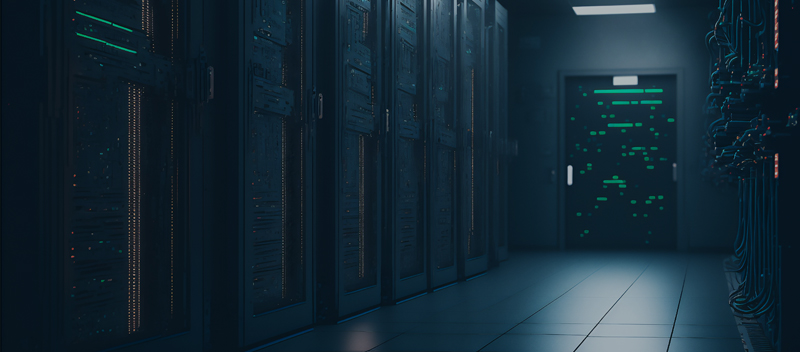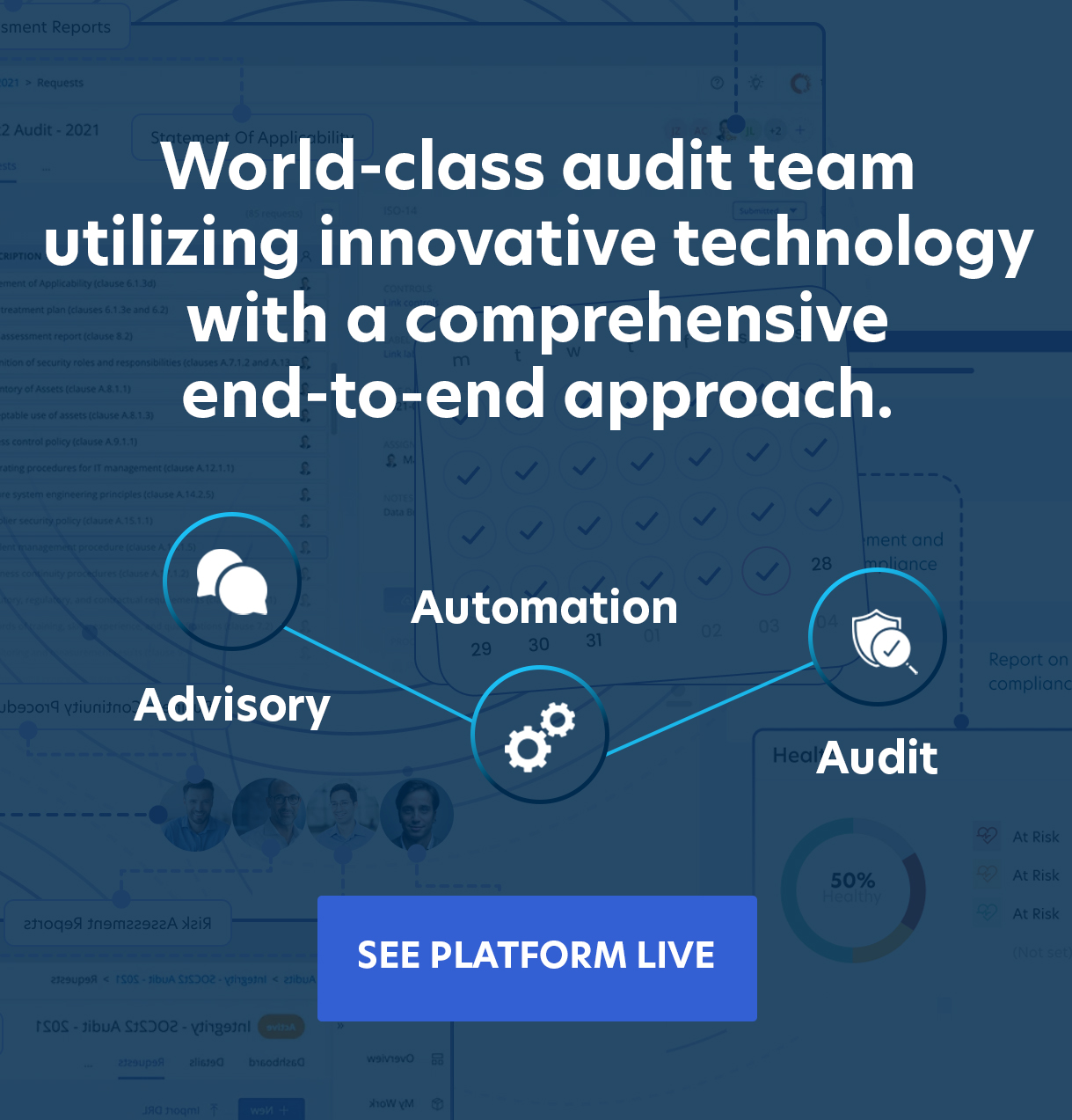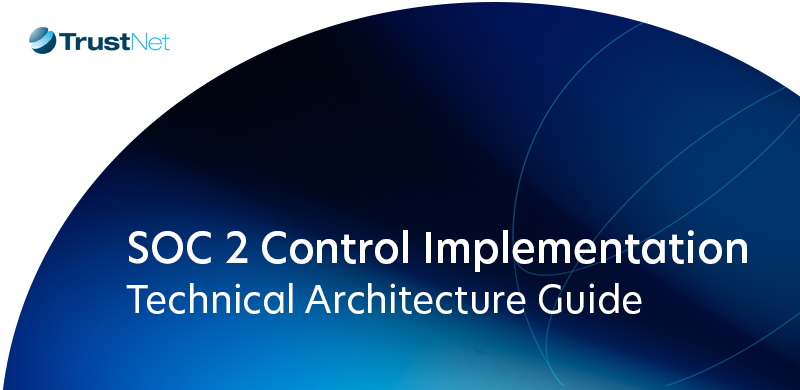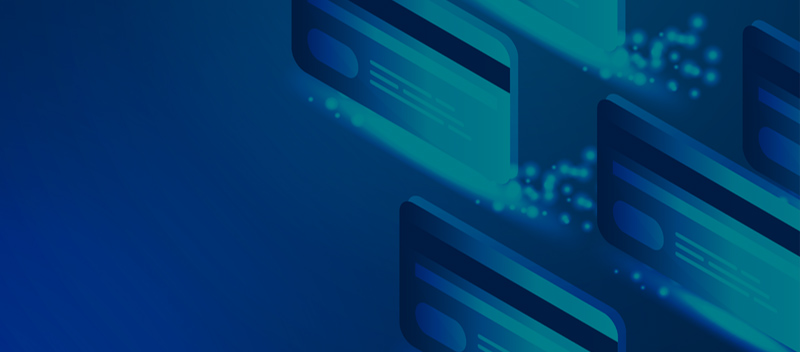Blog Benefits of Information Security
Benefits of Information Security

Data privacy, confidentiality, availability, and integrity should be guaranteed in any organization. While it is all too easy to let your attention to information security lapse in favor of putting out immediate and visible business-related fires, procrastination, and minimization can be a fatal mistake.
You need to do all you can to plug the holes, mend the flaws, and train the people who will be working directly and indirectly with your network systems to keep risk low. That is the critical job of a strong security architecture with numerous vital components, all of which can benefit your business.
Protect Against Threats
Once hackers gain access to your network system, they can commit identity theft, sabotage your operations or even turn your computers into bots. The worst news of all is that they only need to succeed once in their attempts to breach your defenses.
Therefore, the combination of technology and human expertise involved in your cyber safety infrastructure must be as robust as possible. That means developing training and implementation protocols and policies that specify which staff members or outside contractors will be responsible for each particular security task as well as a thorough incident response plan that can go into action should attacks or theft happen.
Security Information and Event Management (SIEM) software can help you learn about security events when they occur by immediately logging them. Since it will also show you what the attacks are doing, it gives you the intelligence to improve your system and keep your business safe.
For more information on our cybersecurity services, Talk to Our Experts Today
Remain in Compliance With Industry Standards
Most sectors have implemented their own sets of procedures and protocols that must be followed by the companies with whom they do business. Just some of these include:
-
- Payment Card Industry Data Security Standard (PCI DSS) for any organization that stores, manages, transmits or otherwise handles credit card data;
- Health Insurance Portability and Accountability Act (HIPAA) for all providers and insurance companies who handle sensitive patient medical information;
- Gramm Leach Bliley Act (GLBA) for financial institutions safeguarding customer data;
- General Data Protection Regulation (GDPR) to protect payment data for EU customers.
Depending on the regulation, you’ll need to implement related security controls. While that’s an extra investment of time and resources, it’s a differentiator and puts you ahead of the game.
Gain Credibility and Trust
When your security architecture is strong and you comply with industry audit and compliance standards, you can communicate your accomplishments. Show your credentials, and potential customers will see the visible signs of your credibility and will trust you more. The same goes for current and future business partners and lenders.
For any business today, a full and evolving risk assessment and cybersecurity strategy is not a nice to have; it’s a must-have that’s growing in importance and can’t be overstated. Protect your assets by protecting your email, apps, and access to your website and system networks with a safety net of processes, procedures, technology, and human governance.
Implementing this is hard but the benefits of information security are substantial. A business that takes time to properly manage and protect the security of its data environment is much more likely to avoid most attacks and be resilient should the worst occur.
Essential Cybersecurity Measures for Business Success
In the end, protecting your business data is not just an option; it’s a must. A strong security architecture provides more than just protection; it establishes you as a trustworthy organization in the eyes of consumers and partners.
By defending against cyber threats, following industry standards like PCI DSS and GDPR, and building credibility your business will be more resilient.
For more in-depth guidance on fortifying your organization’s cyber defenses with TrustNet, contact our experts today.




